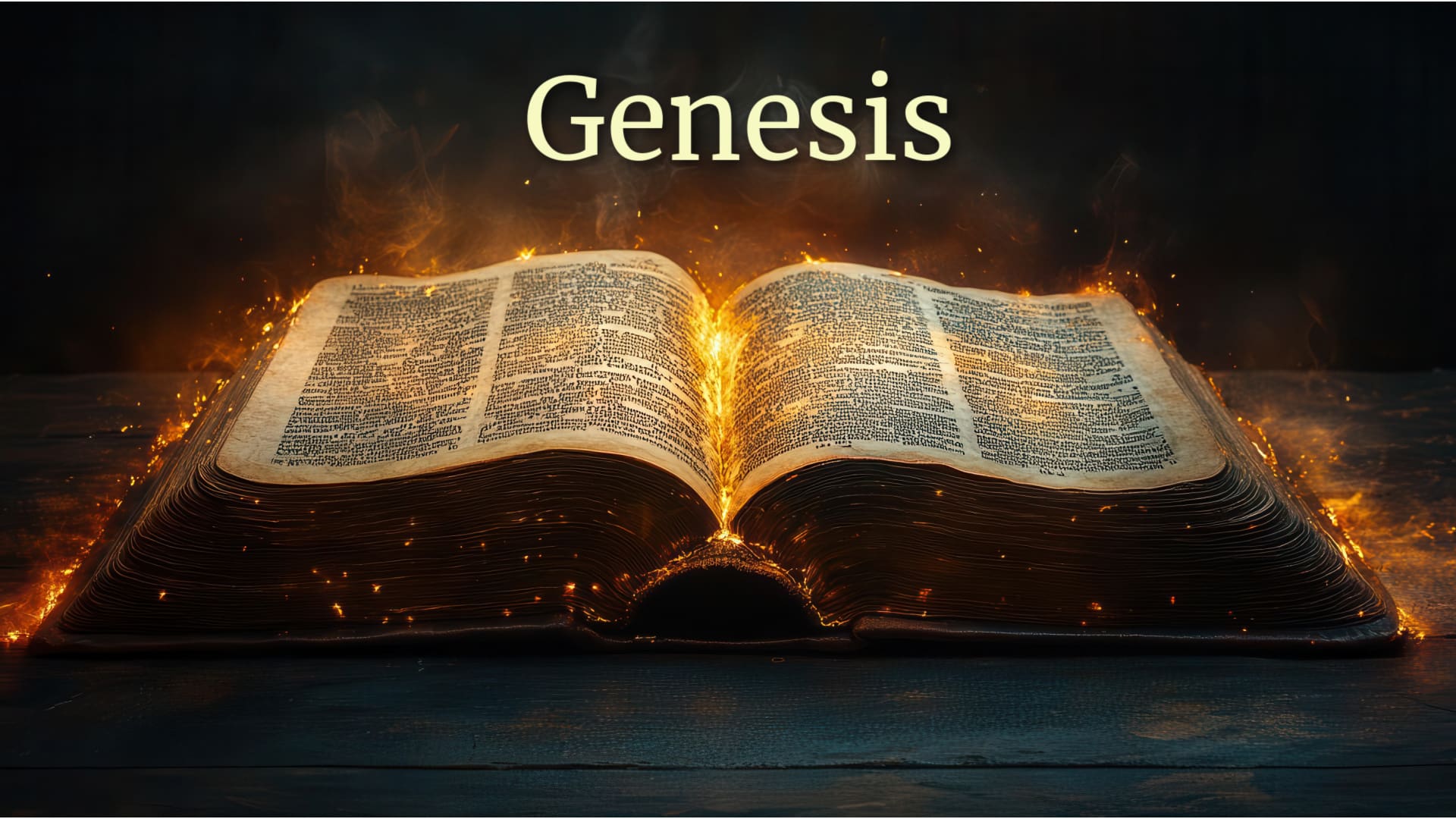
God Erects a Roof for His Temple: Days Two (Gen. 1:11-13) and Five (Gen. 1:20-23)
Let there be a firmament in the midst of the waters …
Let the waters bring forth …
In many ways, the more scientifically advanced we become as a human race, the less human we become. We have lost the ability to see creation as participants in a great cosmic drama full of purpose. Rather, we seek to explain forces in abstract equations and to master the elements, bending them to our purposes, and to become ultimate. In the process, we find that we no longer have a roof over our heads and feel more vulnerable than ever. We must find our way back to Genesis One!
With the establishment of days and nights, evenings and mornings, creating time in day 1, filling space with the celestial choir in day 4, God establishes the framework of a hospitable cosmic house to share with humanity in space and time. Now in days 2 and 4 He completes the roof, so to speak. Everything is described from the perspective of how we humans experience the skies. God creates a “firmament,” (Hebrew rāqîa`; that which is beaten out like a metal dome) that rests on the “pillars of the earth” (i.e. mountains, see Job 26:11). Above this dome are the stars which are immovable, symbolizing the celestial spirits that minister to God at the very edges where transcendence borders creation. Within this dome are the moving celestial bodies, the sun, moon and planets. This blue dome holds the “waters from above” which are separated from the waters below, and in the dome are the “windows of heaven” (Gen. 7:11) from which the rains from above come. Again, creation is described as a “separating” as it is in day one.
Day 4 is concerned with populating the skies above and the waters below, just like day 3 was concerned with filling the heavens with lights. We have the creation of birds to fill the heavens, and fish for the waters below. It is of no small importance that the creation of the sea monster (Hebrew tannînim), which in pagan mythical lore was the chaos god/goddess, is a creation of God and therefore under His full control, divested of any divine quality. Everything is blessed and pronounced good according to God’s design, even the fearful sea monster! The creation of these birds and sea creatures is primarily presented here in terms of their purpose in the grand cosmic scheme, not how they were created.
It is impossible to know for sure how literally the ancients understood these metaphors. I doubt very much that they thought that the celestial dome actually had windows, or that the dome actually rested on the tops of the mountain pillars. Rather, the issue here is that they conceived the universe through metaphors that made it a home, roof and all. In contrast, the systematic removal of these metaphors, all for the sake of “scientific truth and accuracy,” only serve to alienate us from our environment and each other.
Consider these quotes from C.S. Lewis’ where, speaking of the medieval cosmology, certainly speaks for the ancient Hebrew as well. “The really important difference is that the medieval universe, while unimaginably large, was also unambiguously finite” (p. 99). “… to look out on a night sky with modern eyes is like looking out over a sea that fades away into mist, or looking about one in a trackless forest─trees forever and no horizon. To look up at the towering medieval universe is much more like looking at great building” (p. 99). “In modern, that is, evolutionary thought, Man [capitalization intentional] stands at the top of a stair whose feet is lost in obscurity; in this [medieval model] he stands at the bottom of a stair whose top is invisible with light” (p. 74).
Takeaway: We need metaphors to understand creation in a way that God wants us to understand it.
Questions:
- When you look at nature, how do you process what you are experiencing?
- When it comes to understanding creation, are you comfortable with the biblical metaphors you see here in this post? Why or why not?
Resources:
Lewis, C.S, The Discarded Image (Cambridge, 1967). But also his Chapter “Horrid Red Things” in his book on Miracles, London & Glasgow: Collins/Fontana, 1947. Revised 1960. (Current edition: Fount, 2002). The concept of metaphor is fundamental to our approach in Deep Dive.
0 Comments